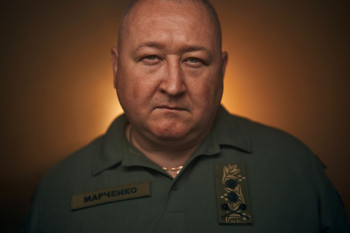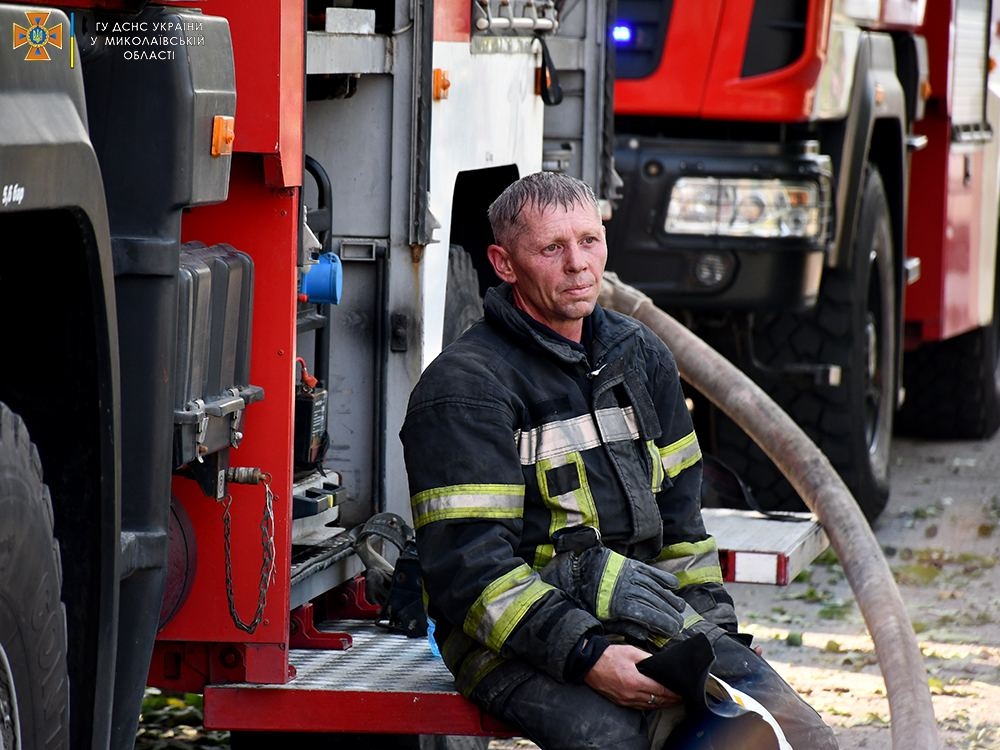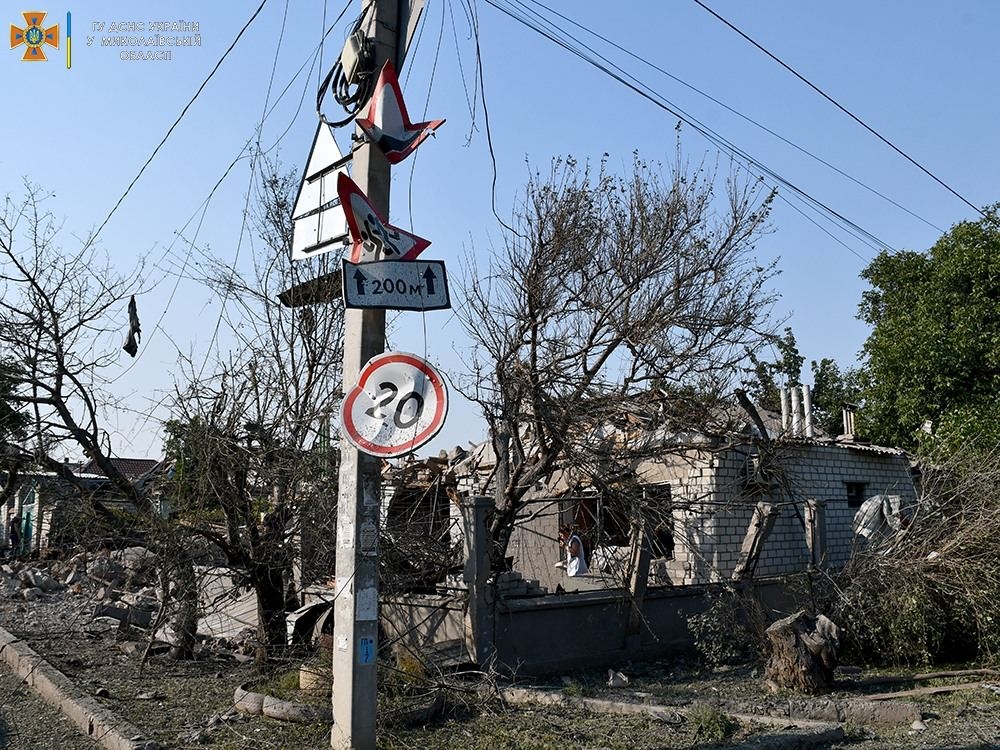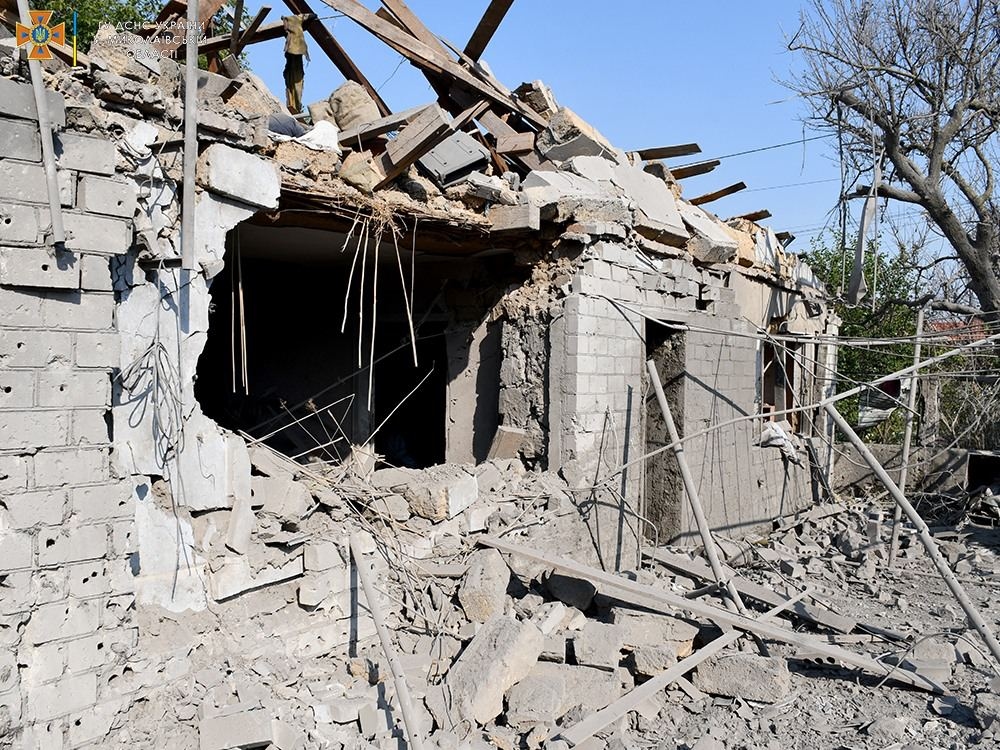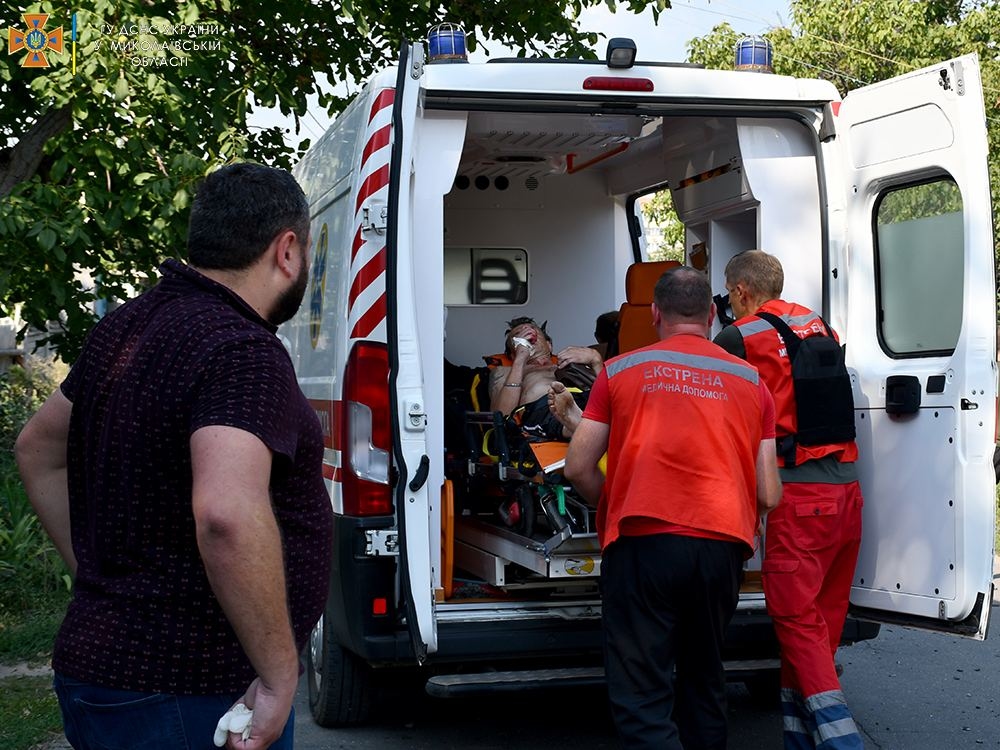Ukraine war latest: Southern counteroffensive underway as Russia ramps up shelling in east
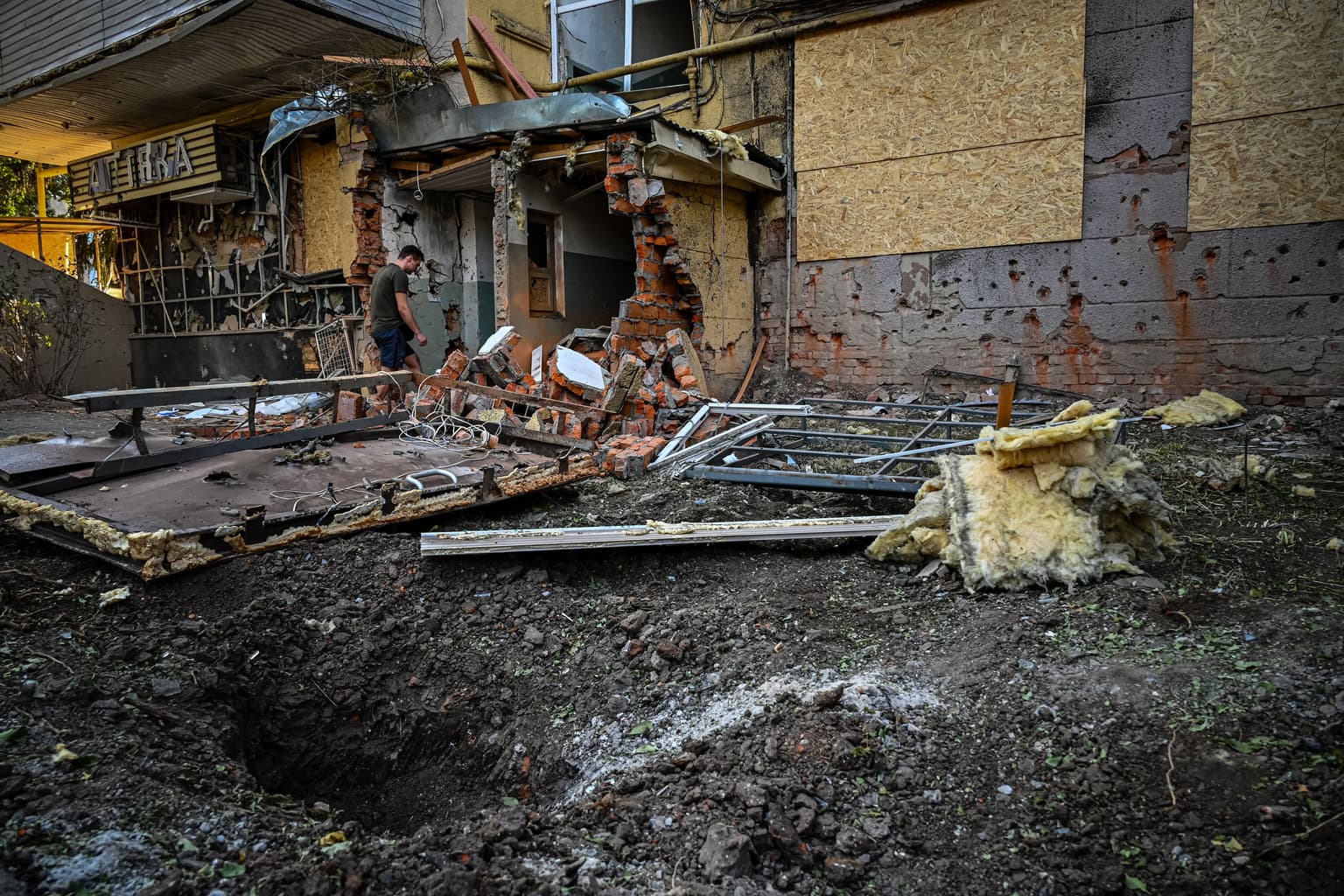
Fighting rages in Kherson Oblast as Ukraine’s military begins an offensive aimed at retaking territory captured by Russia in the early days of the full-scale war.
But as more reports of the unfolding counteroffensive in the south appear, Russia intensifies its attacks on a number of Ukrainian cities, including the city of Kharkiv where a deadly attack on Aug. 30 killed four and injured 11 civilians, according to the Prosecutor General’s Office.
Ukrainian forces are grinding to improve their battle position on the southern front line, spokesperson of the Southern Operational Command Vladyslav Nazarov reported on Aug. 30.
He said that Ukraine had launched two air strikes overnight on Russian positions in the occupied towns of Kyselivka, west of Kherson, and Kostyrka, north of the regional capital.
Hinting at progress in the long-awaited counteroffensive in the south, Nazarov said that Ukrainian forces had also conducted more than 220 strikes using rockets and artillery against undisclosed targets.
Among the targets were three already-damaged key bridges “to confirm their inoperable status,” the spokesperson added.
According to Nazarov, Ukrainian forces had killed an estimated 159 Russian troops overnight, which he said was twice as many as the total number of Moscow’s soldiers killed during the whole day on the eve of the Aug. 29 counteroffensive.
While the situation on the ground is difficult to assess due to the Ukrainian military’s tight scrutiny of information leaving the battlefield, Kyiv is picking up the momentum in its campaign in the south that could change the course of the war.
Western and Russian sources have confirmed the liberation of five settlements on Ukraine's first day of the counteroffensive, the Institute for the Study of War said. The Ukrainian military has refrained from commenting further on the latest southern campaign.
Foreign assessment
The ongoing theater of operation to reclaim Ukraine’s south, known to be an economically vital region that also serves as a major military supply hub for Moscow's war efforts in the south and east, opens a pivotal new phase of the conflict.
In what appears to be a move to bolster its forces, Russia continues to move a large number of troops from the eastern Donetsk Oblast where some of the heaviest fighting had taken place.
In response to the reports of Ukraine’s drive, the Russian Defense Ministry claimed on Aug. 29 that the counteroffensive was Ukrainian propaganda and a failed effort, claiming that Russia’s war against Ukraine is going as planned.
Contrary to the Kremlin’s words, a Pentagon spokesperson said that the Ukrainians “are in much better numbers” compared to Russians in the south, adding that this was not the case in Ukraine’s east.
The official added that Ukrainian strikes using the U.S.-provided High Mobility Artillery Rocket System (HIMARS) are “becoming more effective and efficient.”
Furthermore, Washington had been helping the Ukrainian military prepare for its now ongoing counteroffensive over the last several months, an unnamed administration official told CNN.
Mounting casualties
Early on Aug. 30, Russian shelling hit a residential area in Kharkiv resulting in at least four deaths and 11 injuries, the Prosecutor General’s Office reported. The renewed attack on one of Ukraine’s hardest-hit cities damaged several residential buildings, cars, a kindergarten, and a park, according to the report.
Further east in Donetsk Oblast, Governor Pavlo Kyrylenko said another two civilians were killed and four others were injured on Aug. 29. Heavy shelling continues in the region as the Ukrainian government urges the remaining residents to flee their homes in a mandatory evacuation drive that began in August.
“Russian occupiers continue to carry out air and missile attacks on civilian sites across Ukraine’s territory,” the General Staff reported on Aug. 30.
On the battlefield in the east, Russian forces continue their attempt to capture the rest of the embattled Donetsk Oblast, the military said.
Russian forces conducted a limited offensive toward the eastern cities of Bakhmut, Avdiivka, and Pervomaiske, but later retreated, according to Ukraine. Russian forces had also shelled and bombed Bakhmut, Avdiivka and Kramatorsk.
On the southern front in a bid to capture more territories in Zaporizhzhia Oblast, Russian troops fired upon over a dozen settlements but the Ukrainian military did not disclose more details.
Moscow’s attempted recruitment
Facing a bogged-down offensive campaign in the east and south, Russia is likely drawing more mercenaries for its war as covert mobilization in central and southern regions of Russia fails, according to Ukraine’s intelligence.
The intelligence said there are now up to 5,000 Russian mercenaries in Ukraine.
In an attempt to expand its combat capabilities without conducting a general mobilization, Russia appears to be aggressively advertising military contract service in poorer regions to generate more recruits. The ISW report says, citing local media reports, that Russian military units are reportedly coercing conscripts into signing military contracts by inflicting psychological pressure, such as by locking them in a room without windows or water.
The Russian military recruitment center accused of such allegations denied the claims.
High stake visit to Zaporizhzhia nuclear plant
As fierce battles continue in the east and south of Ukraine, President Volodymyr Zelensky met with the Head of the International Atomic Energy Agency (IAEA) Rafael Grossi ahead of the organization’s visit to the Russian-occupied Zaporizhzhia Nuclear Power Plant, the largest in Europe.
Reiterating the urgent need for a demilitarized zone around the embattled plant, Zelensky asked IAEA to help prevent a nuclear catastrophe.
According to the Wall Street Journal, a delegation of IAEA inspectors will begin working at the site on Aug. 31 to assess the damage, and check safety and security systems after damaged power lines last week heightened nuclear concerns.
Ukraine and its Western allies have accused Russia of using the plant as a shield and a tool of blackmail. Satellite imagery showed Russian military vehicles being stationed near the plant’s reactors.
In a bid to prepare for the potential threat, the European Commission has said that it will donate 5.5 million potassium iodide tablets to Ukraine. Ukraine had already begun providing the tablets to people living within 50 kilometers of the plant but the EU’s contribution would allow for much wider distribution.
Training on evacuation measures in case of radioactive contamination in nearby territories had also been conducted in Dnipro, the State Emergency Service reported.
“Today, the situation around the Zaporizhzhia Nuclear Power Plant is one of the most important security issues for Ukraine and the whole world,” Zelensky said.

